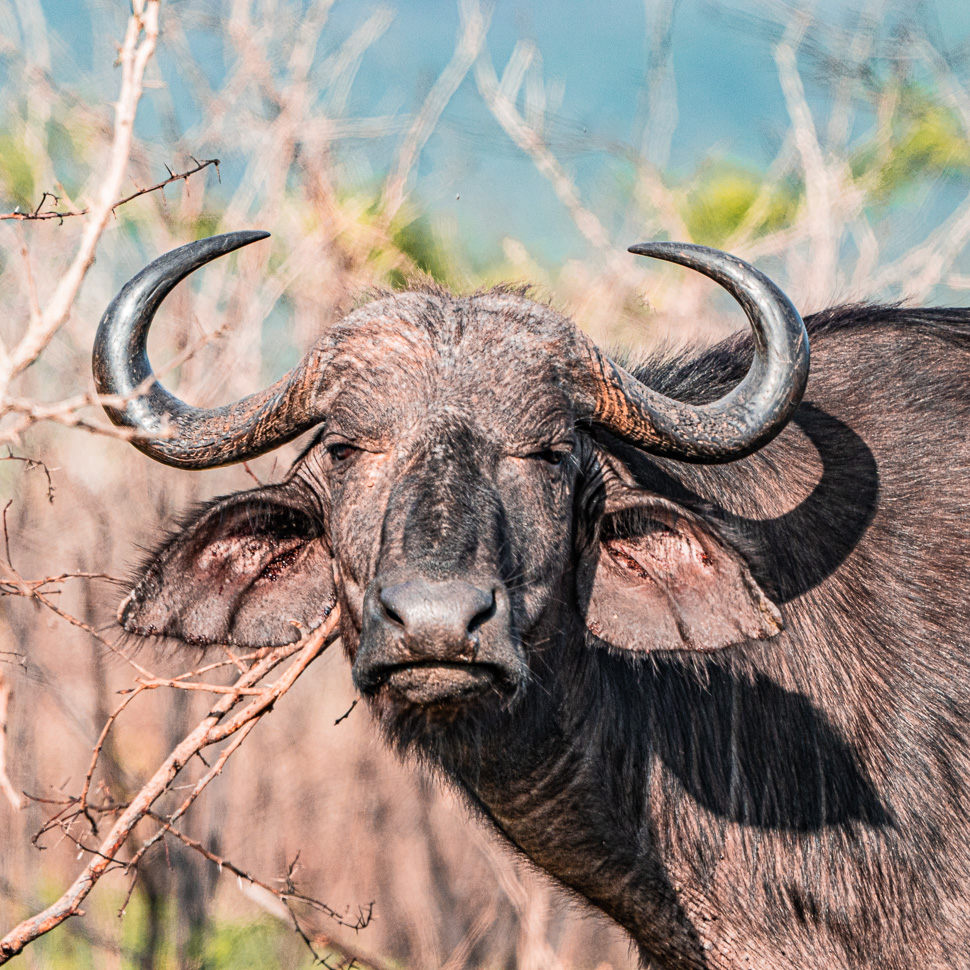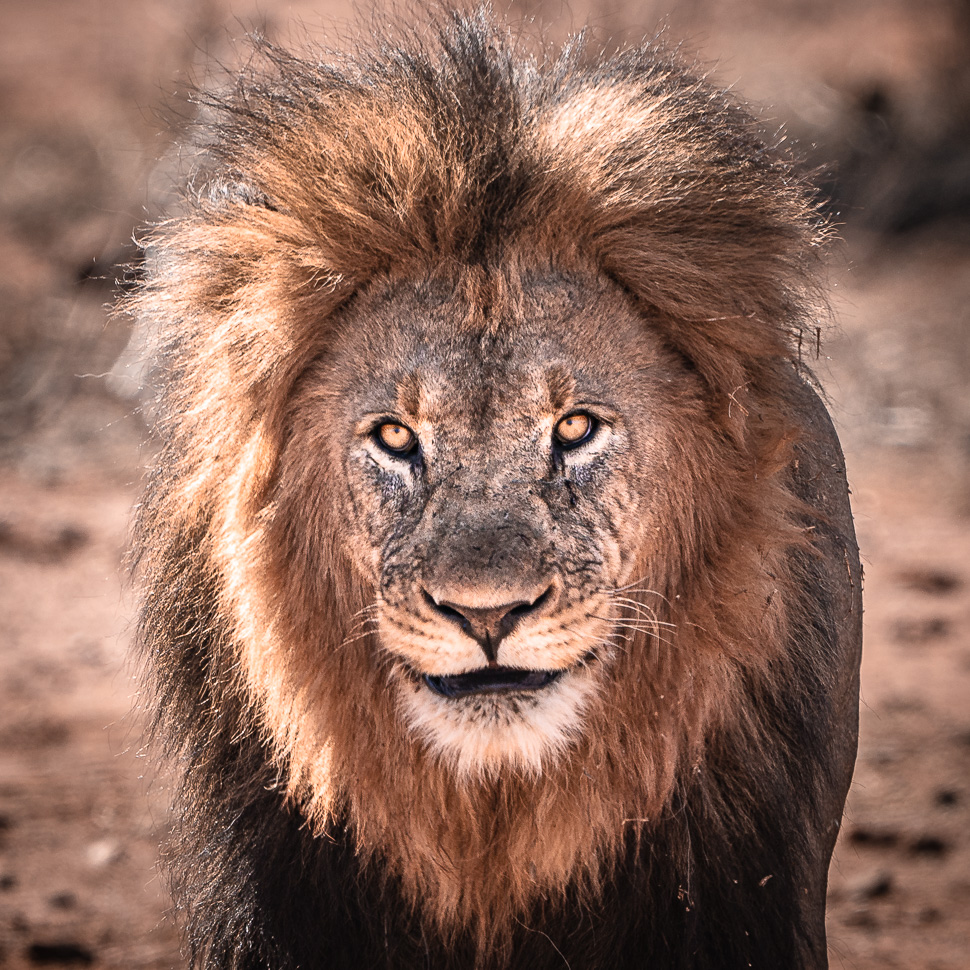Border:
The borders of SA were easy, as there is a custom union with Namibia, Botswana, Lesotho & Eswatini, you only stamp your CDP when entering this union or leaving it.
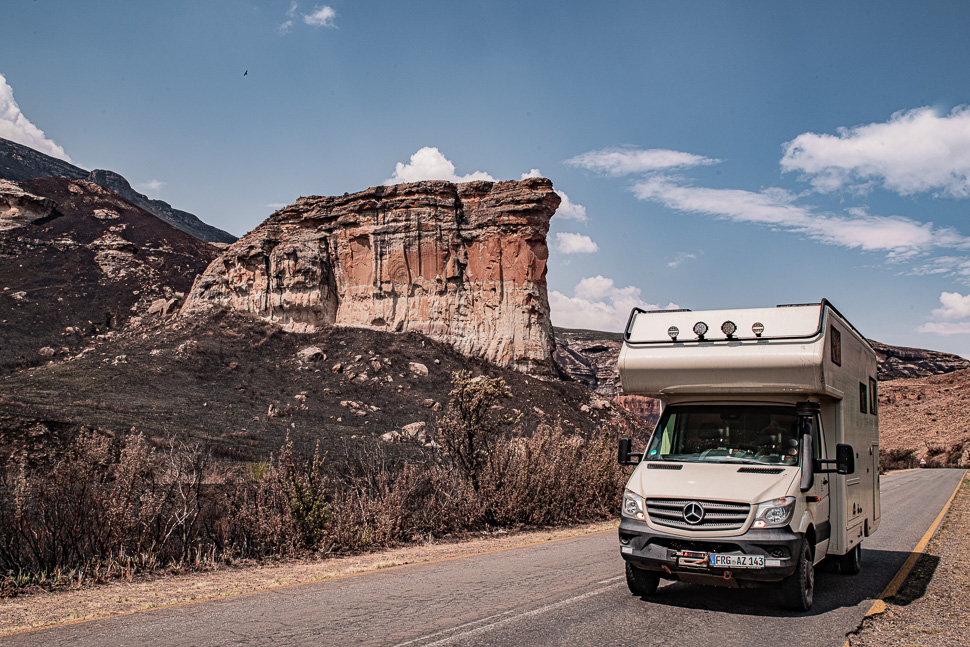
Visa:
SA is very strict with 3 month Visa once in 12 months. Nevertheless, when we reentered from Eswatini and asked us to extend our Visa (we had for some reason only 2 months received), we got more than these 3 month.
If you are retired and plan to spend more time in SA, you can ask for a pensioner Visa for 4 year. It requires some paperwork including a health check and bank statements, but sounds a good idea for the future (first we will have to retire)
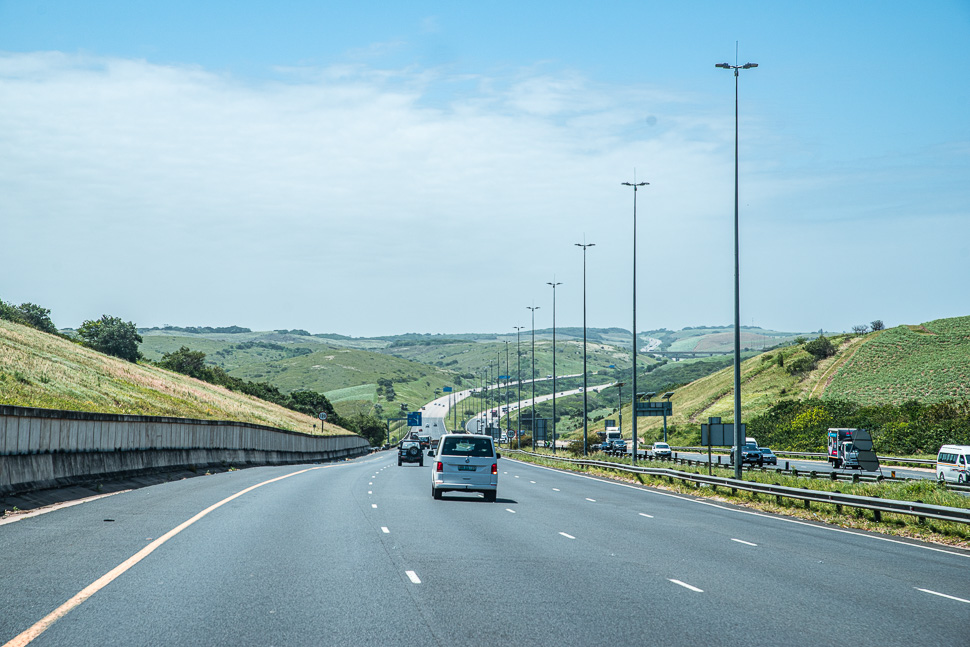
Toll & Insurance:
There are toll stations on the main road. At the first toll station they classified us very high, as we have 2 wheels in the back, so we took toll-free routes, later they charged us the lower price, which differs from toll station to toll station, but there are always sings with all the tariffs before you get there.
Money:
ATMs are everywhere and they charge a fee. Payment with credit card is very common, you can pay nearly everything cashless.
Fuel:
Filling stations are everywhere, even in Kruger NP, and you can pay with credit card.
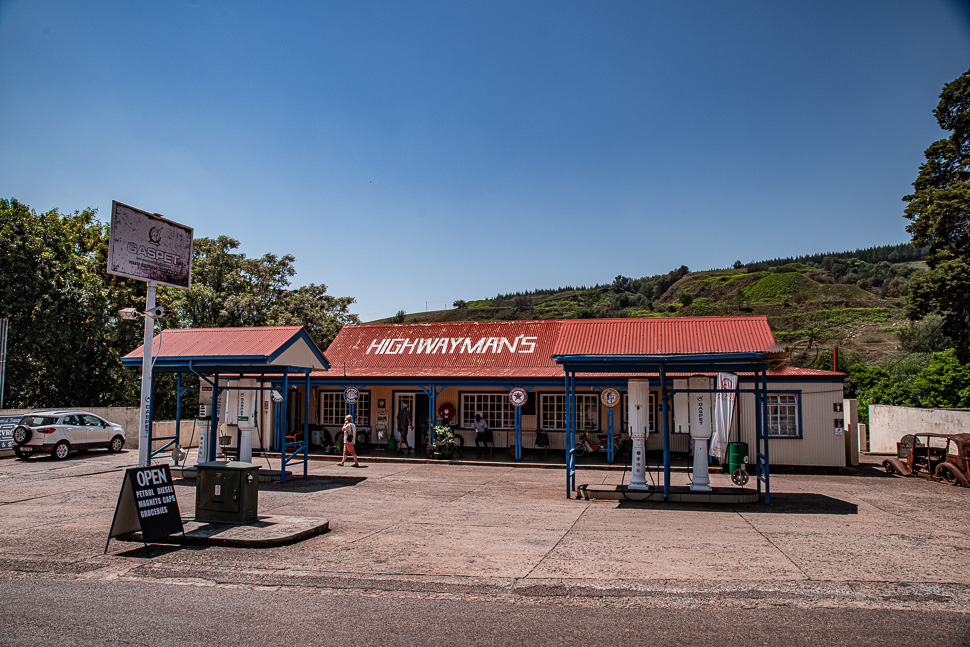
Water:
No problem to fill water at nearly every campsite. The quality is good. We heard from locals that they didn’t have water all the time because of mismanaging of their mayor, but that will not affect a traveller.
Load Shedding:
that means nothing else, as the power provider has to turn off the electricity for hours, to keep the system running. That causes a lot of problems for companies and people, and you will hear many jokes and complaints about it. At campsites, you either have no power or a generator is running. Traffic lights might be turned off, supermarkets might have only poor light during that time, but the SAs somehow manage to live with that inconvenience.
Roads:
the roads are much better than in many of the other African countries, but also here, you will find minor roads with a lot of potholes.
A South African speciality are “4 way stops” at smaller junctions but also used when the traffic lights don’t work, for example during load shedding. The car, which has stopped first, is the first to go again. This way, even big junctions with a lot of traffic function very well.
Another nice SA custom is to thank other drivers, for example for letting you pass with their hazard flasher.
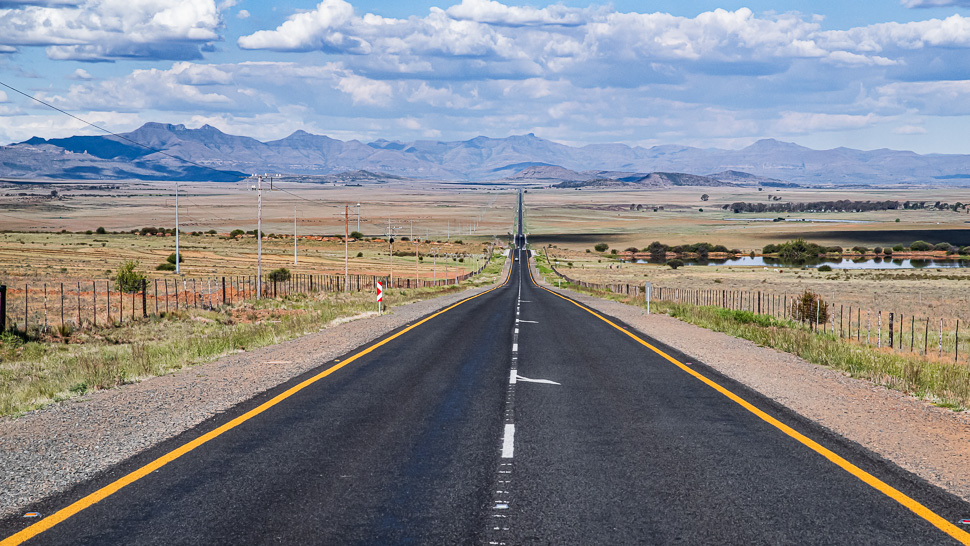
Navigation:
Navigation in SA is easy, there are many road signs and the maps you get are good.
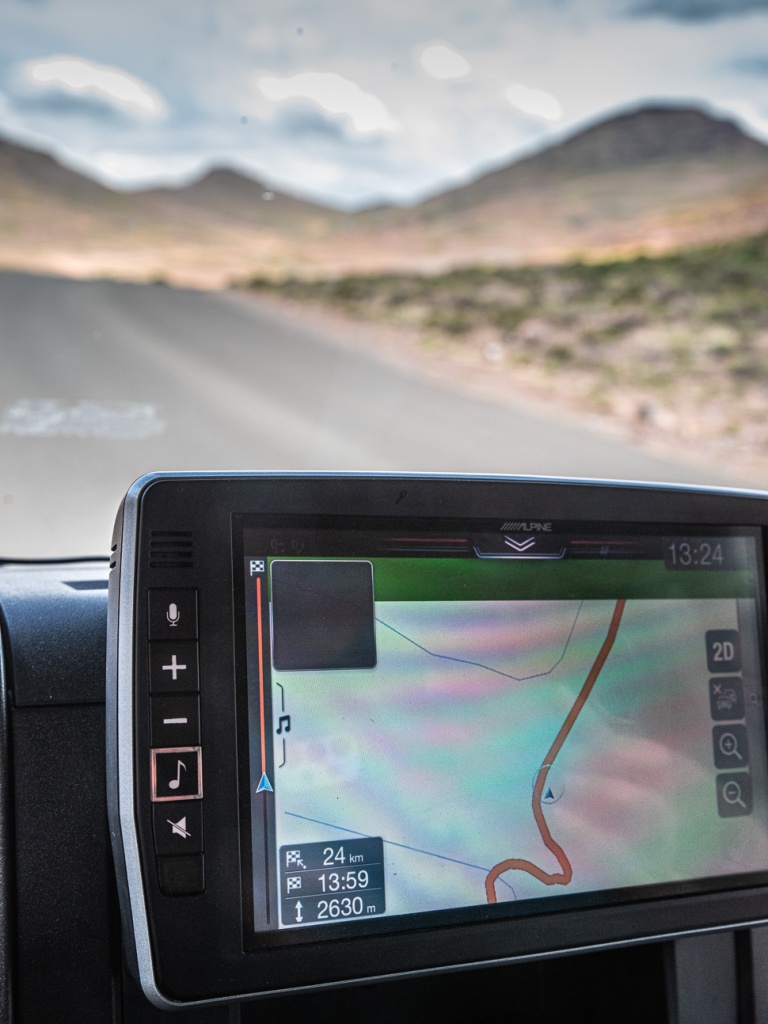
Prices:
South Africa was by far the cheapest country in Africa for us. The Rand is weak against the Euro, and as South Africa is a big producer of food and other goods, everything which isn’t imported was more than affordable.
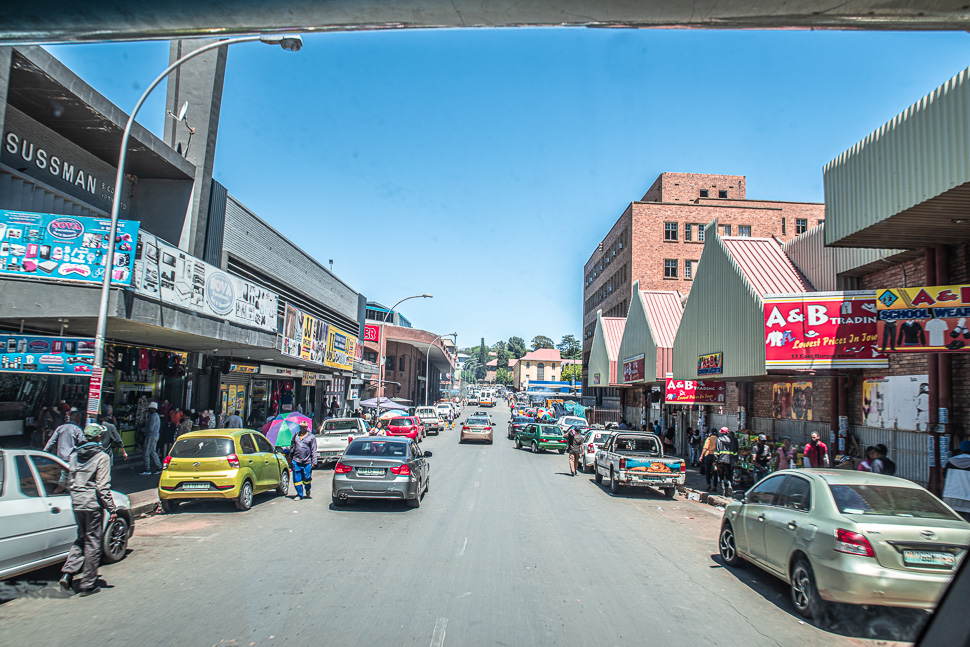
Police:
we had nearly no encounter with the police. Once, close to the border to Lesotho, we had to show our Visa. There are no road blocks, and usually we were waved through.
Food:
South Africa has much to explore concerning food and drinks, here are some things we tried and liked:
Wine – SA produces excellent wine and wine tastings in the Cape region are a great experience.
Bobotie – a Cape Malay dish, spiced minced meat baked with an egg-based topping.
Bunny Chow – a Durban based dish of curry served in a bread loaf
Mrs. Ball’s Chutney – SAs well-loved chutney brand
Savannah Dry – an icon SA cider, available in different versions (light or zero alcohol, Angry Lemon)
Amarula – A liqueur made from the Amarula fruit, great to drink cold on the rocks or in form of a Dom Pedro (mixed with vanilla ice cream) very lekker!
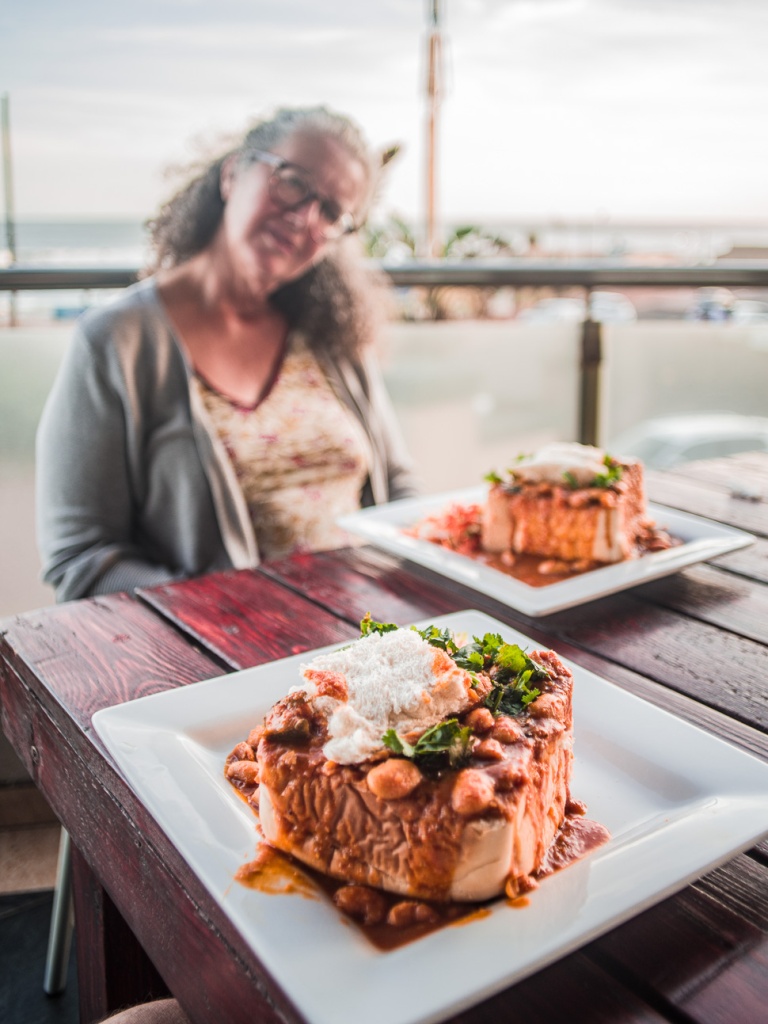
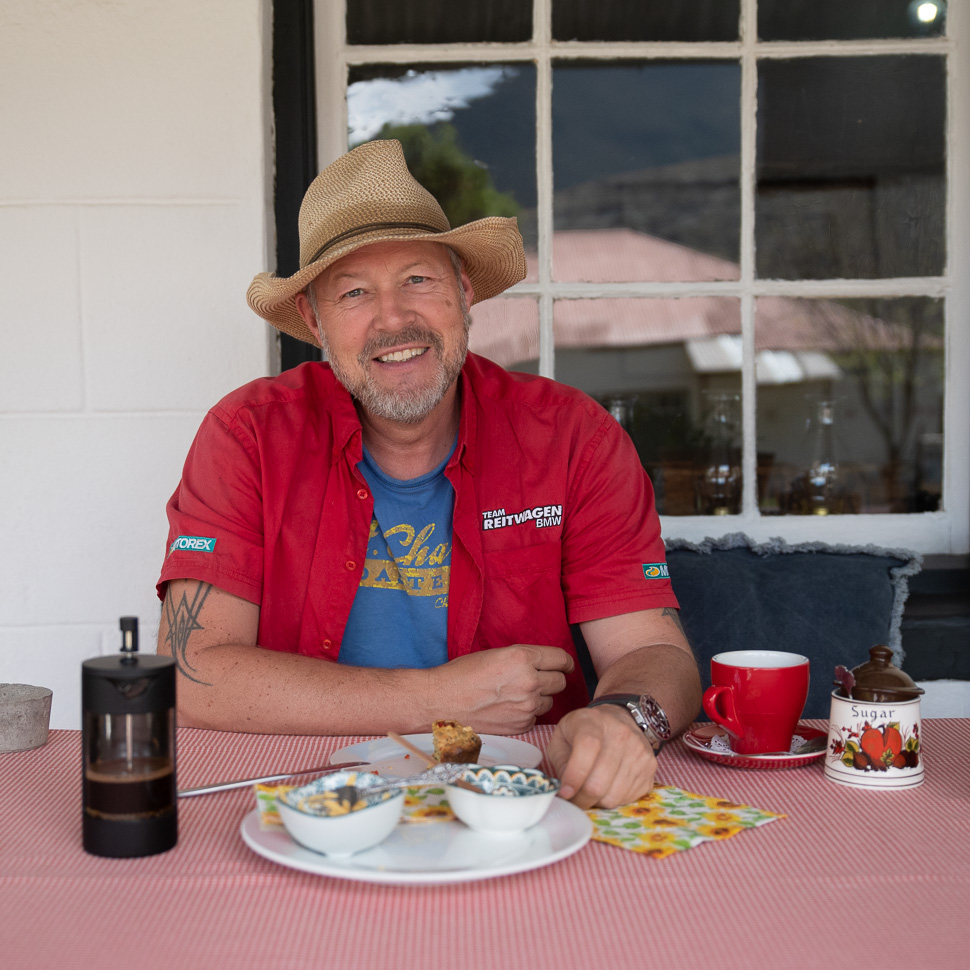
Internet:
After the border, we had bought a SIM Card at a filling station, which had only small data bundles. We then got a Vodacom Data SIM from a proper shop, which worked well.
Security:
we never felt threatened or had any bad experience in SA. But many locals asked us about it, wanting to know if we carry guns or other weapons. We heard many stories, even saw a video of a car hijacking, which happened at a filling station which we used, just a couple of days earlier. An old black lady was pulled out of her car and the guy drove off.
We tried to be cautious but not paranoid, like locking the car doors when driving in cities.
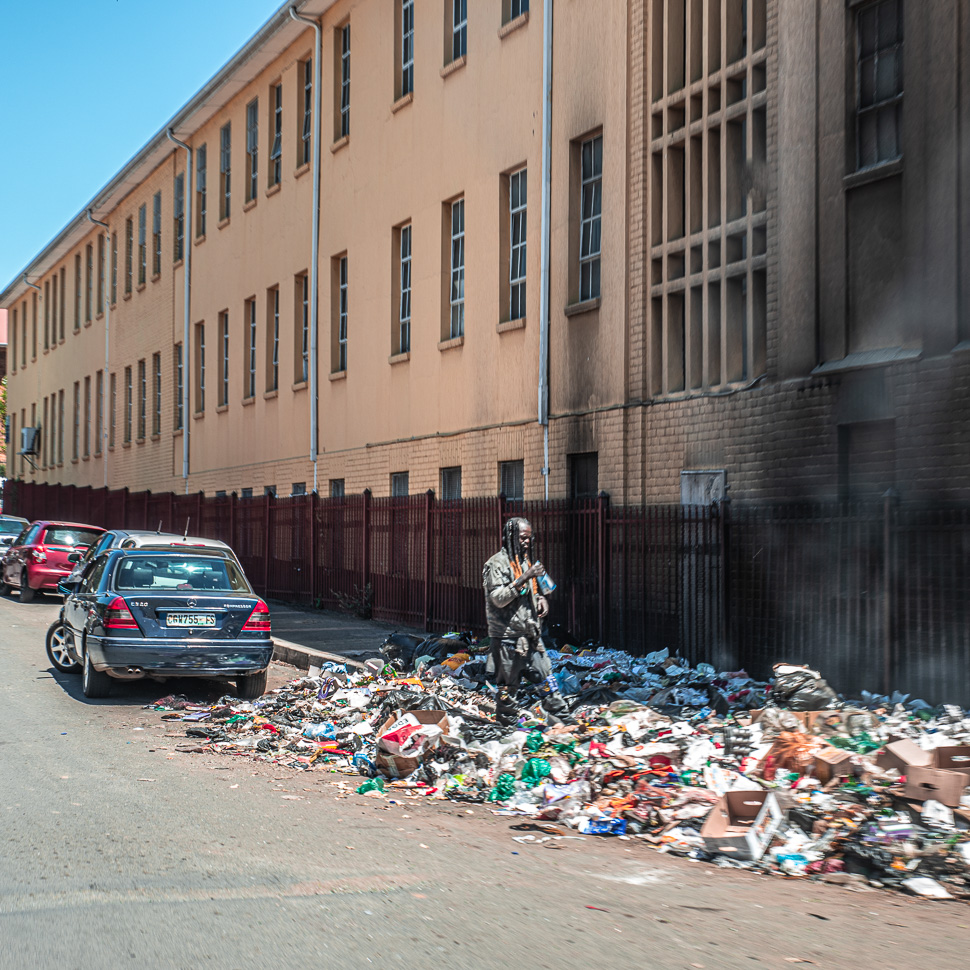
Camping:
as South Africans love camping, the infrastructure is excellent, and you find a lot of nice campsites all over the country. Usually they are well-equipped with a braai stand, power, water, ..
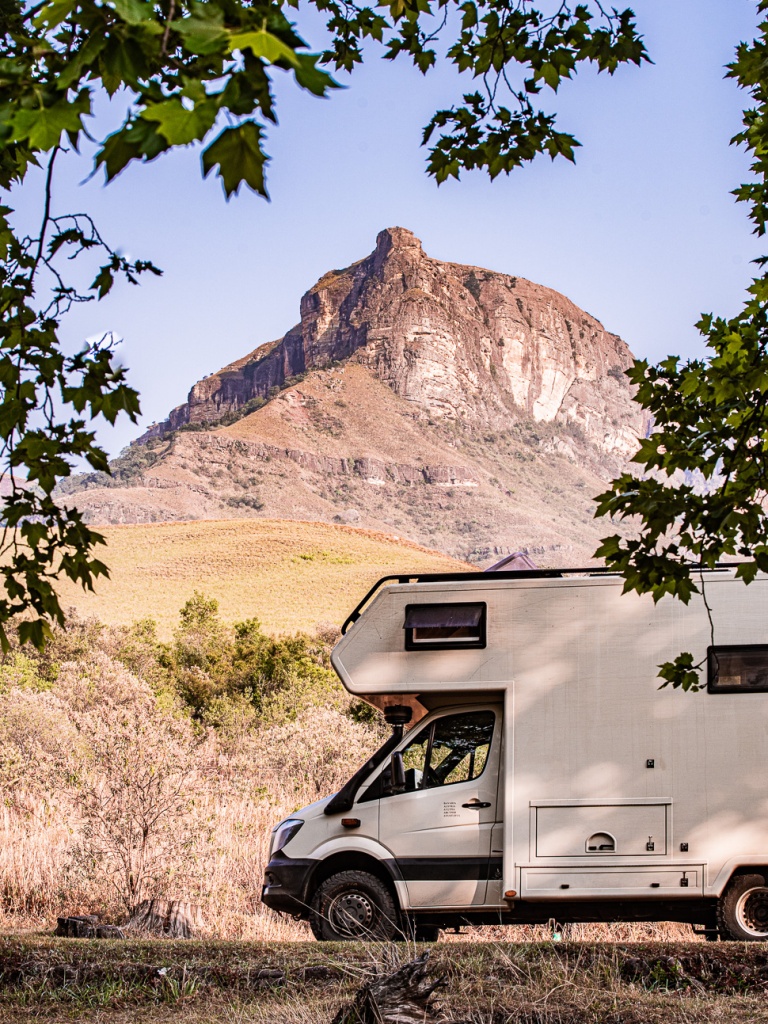
National Parks:
The National Parks are well managed, and the fees are very low compared to Tanzania or Kenya. We bought a “Wild Card”, which is valid for one year in most of the parks (but not all) With parks where you can’t camp (Madikwe) to parks with tar roads and big campsites with shops, restaurant and pool (Kruger) to parks with difficult roads and unfenced camping (Ithala) and parks for hiking (Drakensberg) you will have many different experiences. We paid Rand 5,905.- (289.- Euros) for both of us. A day in Kruger for example costs Rand 486,- pp. But prices are different in every park.
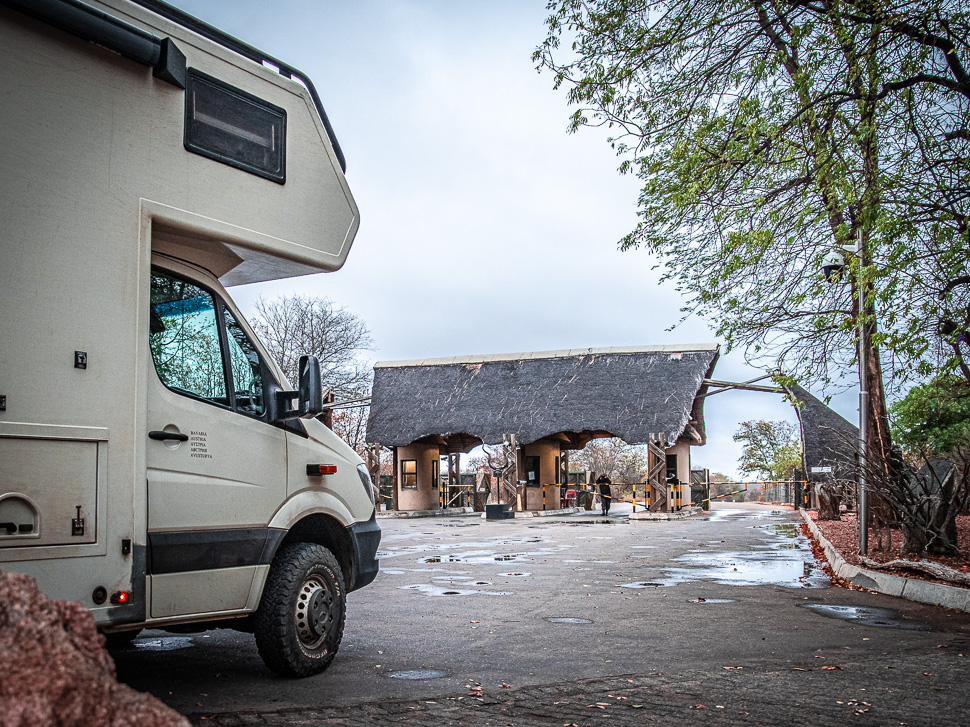
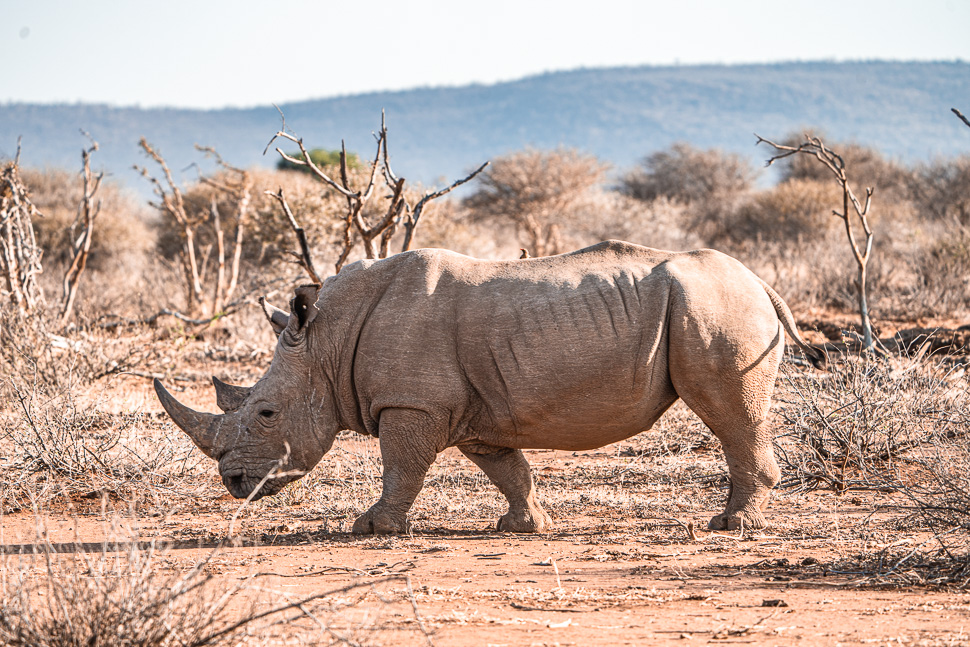
South Africa is a great country with so many different landscapes, parks and things to discover. We love the people, the food (and drinks), the possibilities to hike, and much more. A country we had discovered 23 years ago, when Cordy’s parents lived in Johannesburg, and a country we plan to return to in the future.
